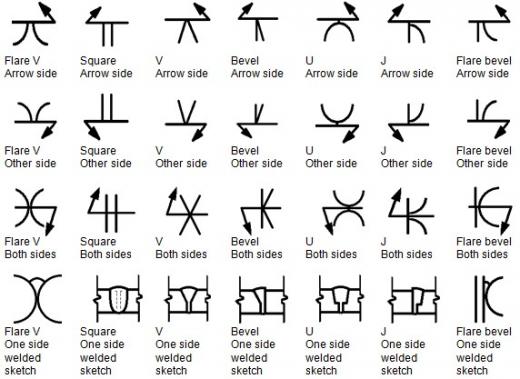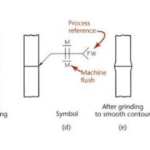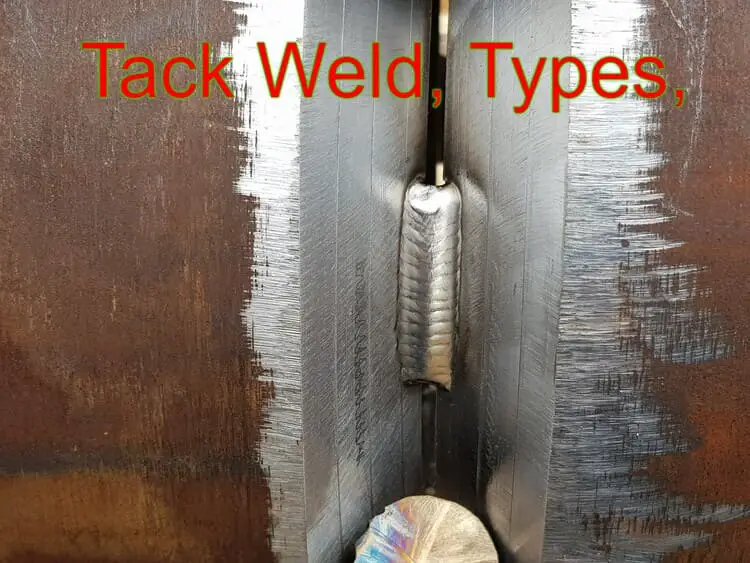In this article, we’ll explore J-Groove welding and explain its basics, different types, and how it compares to other welding methods. We’ll explain everything in a simple and easy-to-understand way, even if you’re new to welding. So, let’s get started and learn all about J-Groove welding.
What is J-Groove Welding?
J-groove welding, as the name suggests, involves creating a ‘J’ shaped groove in the joint between two pieces of material. J-Groove is a special type and usually created by machining to have precision dimeision.
This groove creates a larger surface area for the weld with overall lower weld deposit volume compared to V-Groove allowing for a stronger weld between the two pieces. J-groove welding is particularly useful for joining thicker materials by allowing to make a narrow groove weld configuration and is often used in industries such as construction and manufacturing.
Types of J-Groove Welds
There are primarily two types of J-groove welds:
- Square J-Groove: This type of J-groove weld has a square face and a root that forms a ‘J’. It is used when the welding materials have a similar thickness.
- Bevel J-Groove: This type of J-groove weld has a beveled face that forms a ‘J’ with the root. It is most commonly used when the welding materials have different thicknesses.
Below are examples of Single J-Groove and Double J-Groove with recommended dimensions. The groove angle, root gap, radius can be changed to specified job requirements.
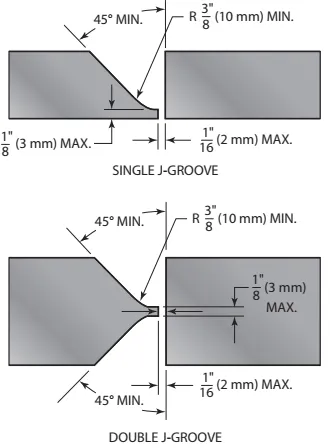
Parts of a J-Groove Weld
The main parts of a J-Groove weld are:
- Bevel angle.
- Bevel radius.
- Root gap.
- Root face
J-Groove Welding Symbols
J Groove preparations are unique types of welds. When these welds are performed according to the appropriate standards, they are machined with a specific groove radius and root face. These measurements need to be indicated in a detailed or section view, which is specified in the tail of the welding symbol.

A welding symbol is a set of standardized graphical instructions used on blueprints to indicate where and how to perform a particular weld. Each symbol consists of several parts, including the reference line, arrow, tail, and weld symbols, which can be combined in different ways to provide detailed instructions.
Single J-Groove Welding Symbol
The single J-groove welding symbol is represented by a ‘J’ on the side of the reference line towards which the arrow is pointing. The symbol indicates that a J-groove weld is to be made on one side of the joint, with the weld penetrating into the groove. The dimensions and other specifications are typically indicated above or below the symbol.
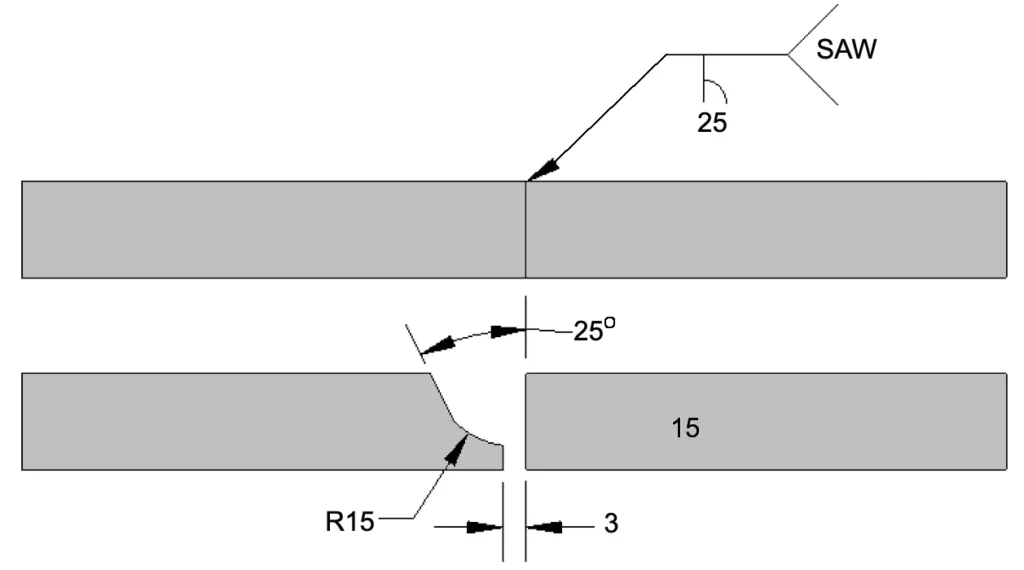
The depth of groove refers to the depth to which the groove is prepared for welding. It is an important parameter specified in welding drawings and is typically indicated to the left of the weld symbol. The bevel angle is placed below the weld symbol.
Double J-Groove Welding Symbol
If the blueprint calls for a J-groove weld on both sides of the joint, a double J-groove welding symbol is used. This symbol is represented by a ‘J’ on both sides of the reference line. The specifications for each weld are placed above and below the reference line to correspond with the side of the joint on which they are to be made.
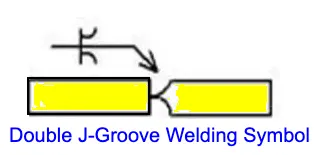
J-Groove vs. U-Groove Welding
While J-groove and U-groove welding both involve creating a groove in the joint between two pieces of material, there are some key differences between the two:
- Shape of the Groove: The primary difference lies in the shape of the groove. While J-groove welding involves making a ‘J’ shaped groove, U-groove welding involves making a ‘U’ shaped groove.
- Utility: J-groove welds are typically used for thicker materials, while U-groove welds are often used for thinner materials.
- Strength: J-groove welds are generally stronger than U-groove welds because of the greater surface area for the weld.
- Material Consumption: U-groove welds usually consume less filler material than J-groove welds, which can make U-groove welding more cost-effective in some cases.
J-Groove vs. V-Groove Welding
| Aspect | J-Groove Welding | V-Groove Welding |
|---|---|---|
| Groove Shape | J-shaped | V-shaped |
| Preparation | Requires more preparation | Requires less preparation |
| Joint Strength | High | High |
| Weld Quality | Good | Good |
| Welding Speed | Fast | Moderate |
| Penetration | Deep | Moderate |
| Welding Position | Limited | Versatile |
| Material Usage | Less | More |
| Welding Cost | Higher | Lower |
| Applications | Thick materials, heavy structures | Thin materials, sheet metal |
In conclusion, the J-groove welding symbol is a vital tool in the arsenal of welding professionals. Understanding it can greatly assist in interpreting blueprints and carrying out welding procedures effectively. Whether you choose a J-groove or U-groove weld will depend on the specific requirements of your project, including the thickness of the materials and the desired strength of the joint.





